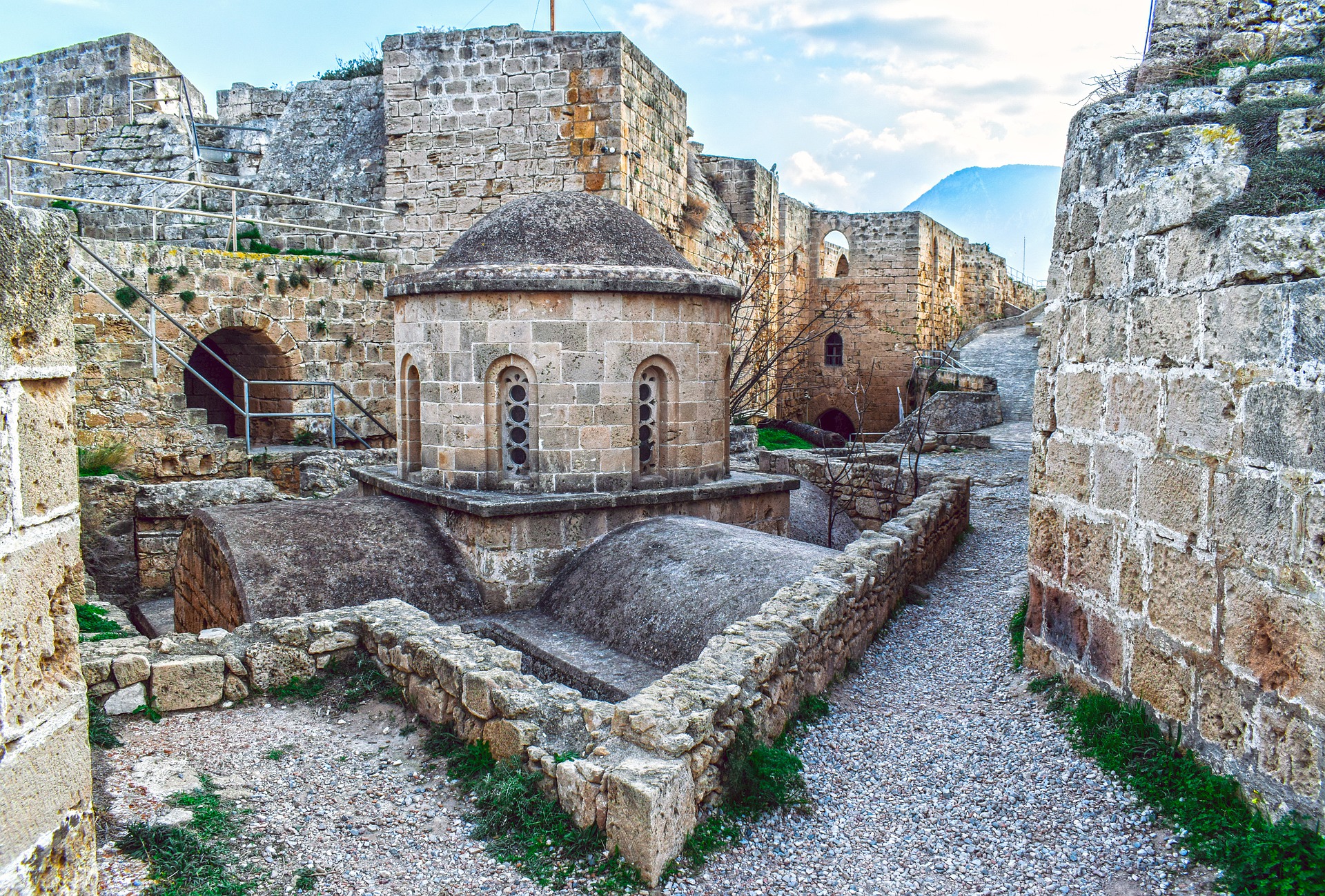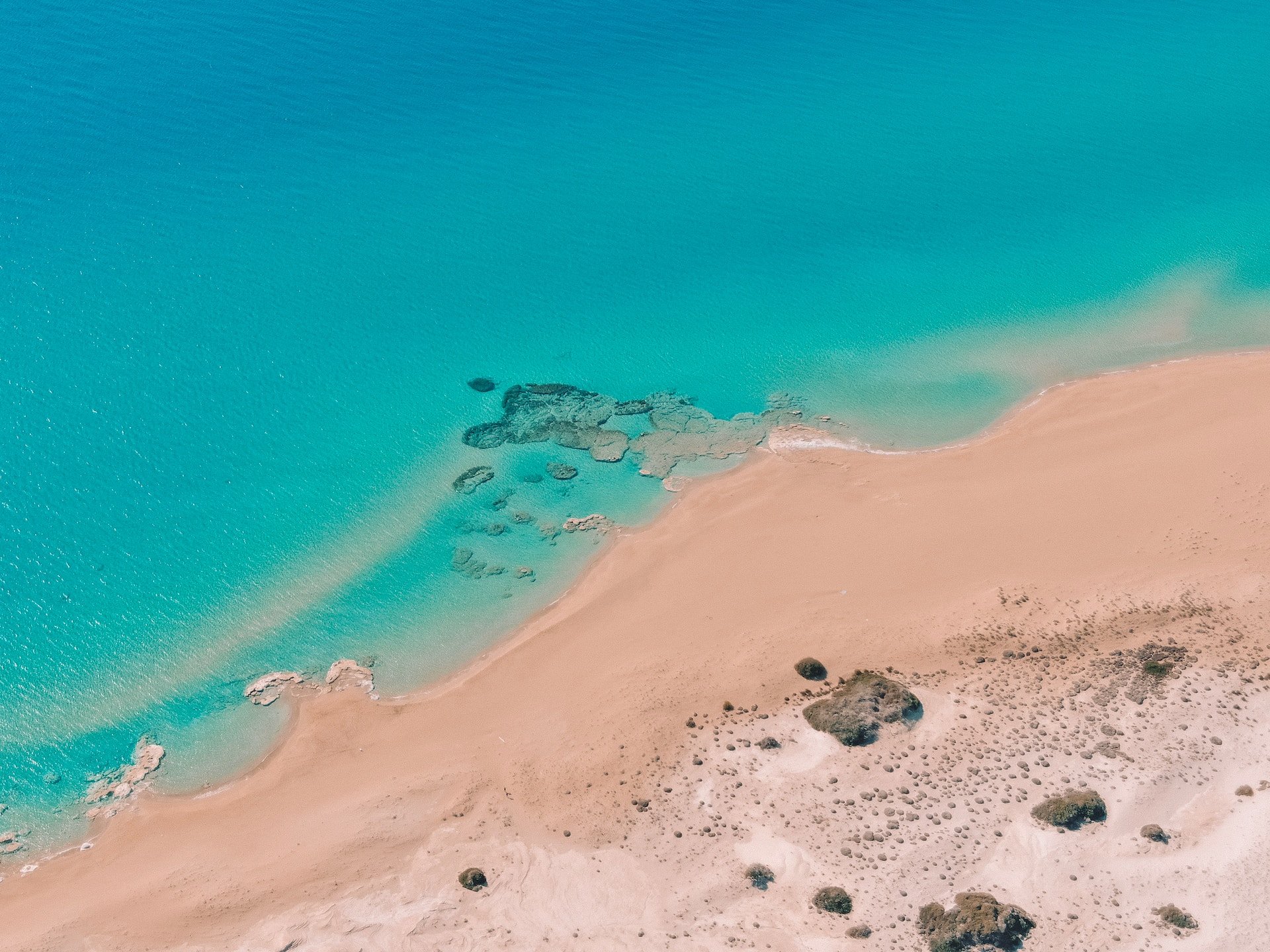Culture & Travel
22 April 2023Land in the middle of the sea in the Eastern Mediterranean: Today, we are in Cyprus. Although the first things that come to our minds when we think of Cyprus are its universities and casinos, this place has very attractive places both historically and touristically. Let's look at the motherland with you without wasting time.
The giant of the Island Kyrenia Castle
Kyrenia Castle, arguably one of the biggest symbols of Cyprus, has the most imposing bastions you can see. I wish this very old structure could speak and tell us about its defenses against raids. It is believed that the history of this giant castle began in the Middle Ages. It was built to help the Romans resist the Arab-Islamic raids. Because of its extremely important location, there are many traces not only of the Eastern Romans but also of the Crusaders, the Ottomans, and even the British, who took over the region in the 13th century. Richard the Lionheart, who set out from England to fight Saladin Ayyubi for the capture of Jerusalem, took Cyprus from the Romans in 1192. On his way back to England, he sold this ancient land to the Lusignans, a French noble family who would rule the island for almost 300 years. Towards the end of these 300 years, the island passed from hand to hand between the Genoese, Mamluks, and Venetians, and finally, it could not withstand the Turkish raids, and the three crescents were hoisted in 1571. Turkish rule on the island would last for 300 years. When the island passed to the British in 1878, the castle was used as a police school and prison until 1960. We are sure that the Sunken Ship Museum here is also a section that will attract the attention of history lovers.

Kudüs’ü ele geçirmek için Selahaddin Eyyübi ile savaşa girişen ve bu gayeyle İngiltere’den yola koyulan Aslan Yürekli Richard, Kıbrıs’ı Romalıların elinden 1192 yılında alır. İngiltere’ye dönerken de bu kadim toprakları Fransız soylu bir aile olan ve burayı neredeyse 300 yıl yönetecek Lüzinyanlara satar. Bu 300 yılın sonlarına doğru ada Cenevizliler, Memlükler ve Venedikliler arasında elden ele dolaşır ve nihayet Türk akınlarına dayanamaz ve 1571 yılında 3 hilal çekilir gönderine. Adadaki Türk hakimiyeti 300 yıl kadar sürecektir. Ada 1878 yılında İngilizlere geçtiğinde kale 1960 yılına kadar polis okulu ve hapishane olarak kullanıldı. Ayrıca buradaki Batık Gemi Müzesi de eminiz ki tarihseverlerin oldukça ilgisini cezbedebilecek bir bölüm.
The Oldest in Cyprus: Salamis Ancient City
This 32-century-old city carried Assyrian, Egyptian, Persian, Macedonian, and Roman civilizations in its heart. In the 17th century, it could not withstand the Arab-Islamic raids and was abandoned. It is thought that the inhabitants of Salamis went to the nearby city of Famagusta at this time. Abandoned for 15 centuries, the ancient city of Salamis has a harbor, Gymnasium, theater, Roman villa and cistern, agora, Zeus altar, basilica, necropolis, monument, and even mass graves. It must be a fantastic feeling to feel the traces of people buried in mass graves with sacrificial rituals in Salamis, which has not been buried in the depths of centuries. The ancient city of Salamis, which also has a wonderful beach, is only 8 km from Famagusta.

A Mediterranean Wonder: Karpaz Peninsula
This is a thin peninsula that we've all seen on maps but doesn't know the name of, stretching from the northeast of the island to Hatay. Karpaz, where the donkeys of Cyprus live densely, with its unique beaches that make the Maldives look like the Maldives and endless natural wonders, is a land where blue and green are literally intertwined. It is also a breeding ground for Caretta sea turtles. In Karpaz, which Greeks call Karposya, Apostolos Andreas Monastery is one of the masterpieces that stand out. According to legends, Karpaz was the birthplace of Aphrodite, so it is not surprising that such a beautiful abode was the birthplace of the goddess of beauty.

The Trace of the Renaissance in Cyprus: Venetian Column
21 years before Cyprus was captured by the Turks, the Venetians, the owners of the island, left this tall column reaching towards the sky to show their glory and power, just like the Romans. This 6 m high granite column is a single lead-colored column with the coats of arms of 6 Venetian families. The original column was topped with a winged lion symbolizing St. Mark, the number one Venetian symbol, but later a copper sphere was added instead. It is believed that the granite in the column was brought from the ancient city of Salamis. During the Ottoman period, this column was moved to the courtyard of the Sarayönü Mosque, but in 1915 the British moved it to its current location. Today, this column is located at the center of Atatürk Square in the İplik Pazarı Neighborhood.
The Most Spectacular in Cyprus: Selimiye Mosque
St. Sophia's Cathedral, built in the Gothic style in the heart of the Mediterranean, is clearly one of the most elegant buildings on the island. Dating back to the Lusignan period, this building has French influences in its silhouette. This is also the reason why this building in the middle of the Eastern Mediterranean has a Gothic style. St. Sophia Cathedral, which dates back to the 13th century, was sacked by the Genoese in 1373 and by the Mamluks in 1426 and suffered serious earthquakes. The eastern part of the cathedral was destroyed and repaired by the Venetians. During its restoration, the body of a Lusignan king was uncovered, intact, and adorned with jewelry. St. Sophia Cathedral, which is one of the best examples of medieval French architecture in the Mediterranean, was converted into a mosque in 1571 when the island fell to the Turks; two minarets and a mihrab were added, and it was honored with the name of Selim II, the Ottoman Sultan of the period, and continued on its way as the Selimiye Mosque of Cyprus. What is it but a shame to art and history not to visit this place while in Cyprus?

The Tragedy of Humanity: Museum of Barbarism
This is the museum of humanity destroyed on the island. It is possible to hear the unmuffled screams of war and the brutality brought about by fanaticism and fascism. When the island separated from the UK in 1960 and became a separate state, there was a joint administration of the Turks and Greeks on the island. However, the nationalists on the Greek Cypriot side, under the name of the Akritas plan, had determined a strategy that included the neutralization of the Turkish administration on the island and then the complete annexation of the island to Greece. The pressure on the Turks by the fanatical Greeks and their gangs on the island began to increase, and finally, on the night of December 20, 1963, December 21, this pressure got out of control, and this night, in which Greek terrorist organizations massacred 364 Turkish Cypriots on the island, would go down in history as Bloody Christmas, with nothing but a crime against humanity. The building where the museum is located is the house where Nihat İlhan, a military doctor serving in Cyprus, was found dead in his bathtub after being shot by Greek terrorists along with his wife and three children. Indeed, this must be barbarism.


